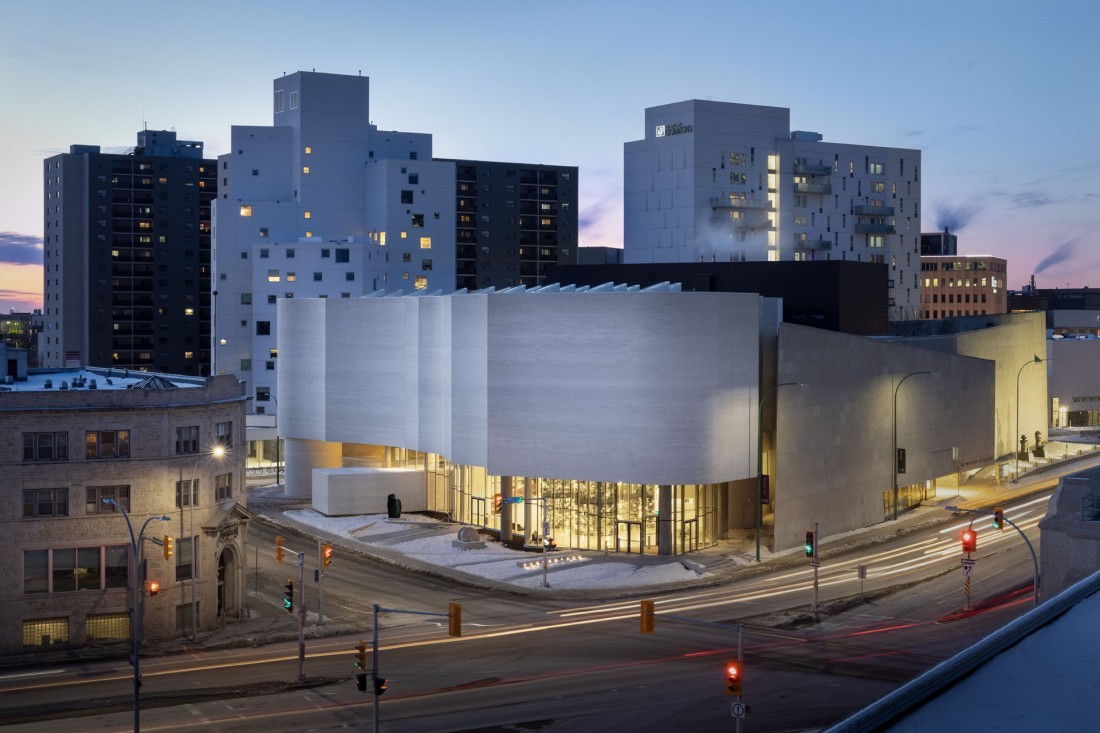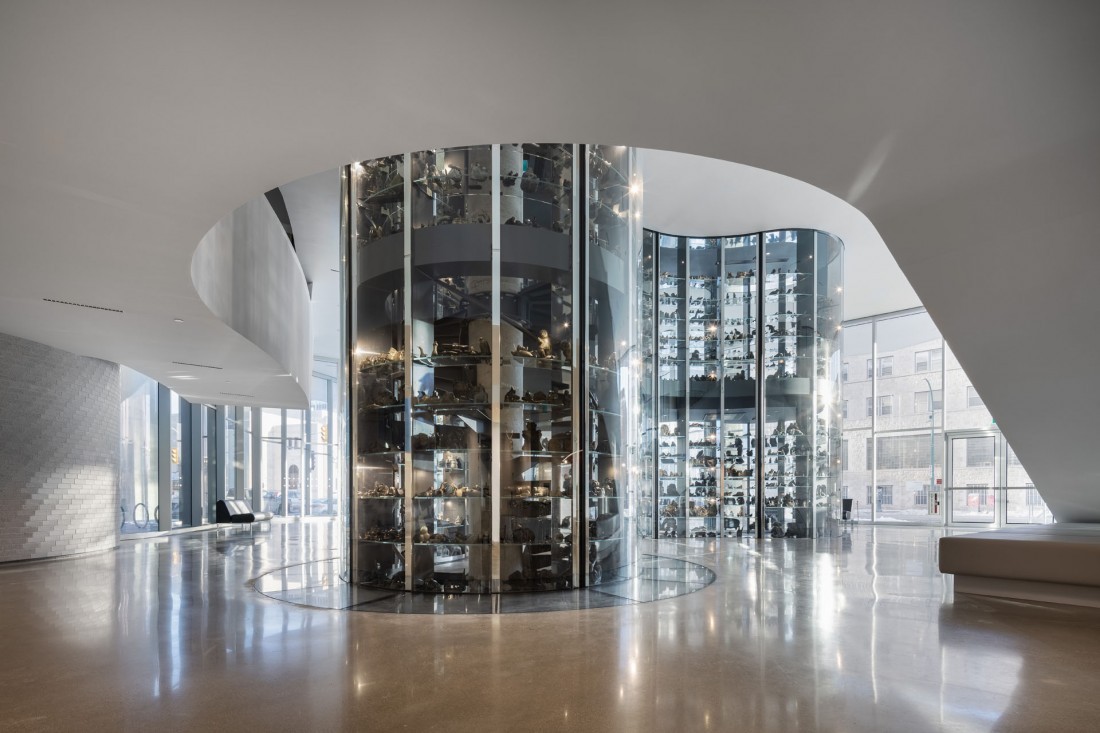Ideas of North
On December 28, 1967, radio listeners tuned in to CBC were introduced to what the virtuoso Canadian pianist Glenn Gould called “contrapuntal radio.” He was 31 years old and had just retired from the concert stage, and in these broadcasts he used a combination of music and densely layered voices as a way of shifting from Bach’s counterpoint to radio’s contrapuntal. The documentaries were called The Idea of North.
Gould had made a single trip to the North in 1966 on the Muskeg Express (the railway ran from Winnipeg to Churchill), and in the opening program he explained what it was about the Arctic and its “incredible tapestry of tundra and taiga” that he found so intriguing: “I’ve read about it, written about it, and even pulled up my parka once and gone there. Yet like all but a very few Canadians I’ve had no real experience of the North. I’ve remained, of necessity, an outsider. And the North has remained for me a convenient place to dream about, spin tall tales about, and, in the end, avoid.” In Winnipeg today, those dreams have been architecturally realized, the tales are in the voices and hands of the Inuit, and the North is now impossible to avoid.

Qaumajuq, the Inuit art centre at the Winnipeg Art Gallery. Photo: Lindsay Reid.
On March 27, 2021, Qaumajuq, the new Inuit art centre, opened to the public. The word means “it is bright, it is lit,” and the naming is perfect. The 40,000-square-foot building was designed by Los Angeles architect Michael Maltzan, who is described by Dr Stephen Borys, the Winnipeg Art Gallery’s director and CEO, as “an architect who thinks like an artist.” First among his many priorities was foregrounding the WAG’s unequalled collection of Inuit art. (Comprised of 14,000 sculptures, drawings, prints and wall hangings owned by the WAG, it is augmented by another 7,400 artworks on long-term loan from the Government of Nunavut.) Maltzan’s solution is the centrepiece of the building’s design, a three-storey, 32-foot-tall functional glass vault that contains 5,000 stone sculptures. It is a stunningly beautiful object, a singular work of art that contains a multitude of works of art. The carvings inside the vault were superbly chosen by the WAG’s long-standing Curator of Inuit Art Dr Darlene Coward Wight, who worked for a year organizing the installation of work from 34 Arctic communities. Because the vault is a working space, the pieces will change over time. Qaumajuq is bright and lit and it is also moving and changeable.

Visible Vault, Qaumajuq, the Inuit art centre at the Winnipeg Art Gallery. Photo: Lindsay Reid.
_1100_459_90.jpg)
Visible Vault, Qaumajuq, the Inuit art centre at the Winnipeg Art Gallery. Photo: Lindsay Reid.
If Maltzan is an artist/architect, Borys is a pragmatic visionary. He established an Indigenous Advisory Circle, co-chaired by Drs Heather Igloliorte and Julie Nagam and composed of curators, Elders, language-keepers and artists who represent the four regions of Inuit Nunangat, as well as the province’s seven Indigenous peoples. Additionally, Julia Lafreniere was hired in 2019 as the head of Indigenous Initiatives with a mandate to develop Indigenous programs and partnerships at the gallery. What became apparent during the two evening-long virtual openings is that while Qaumajuq centres on the Inuit, its focus opens up to include First Nations and Métis. That inclusiveness is reflected in the naming of the interior galleries and spaces: the Mezzanine Gallery is called Giizhig/Kisik, which means “sky, heaven and day” in Cree, Michif and Ojibway; and the Research Centre is named Niizhwaaso (“seven” in Ojibway) in honour of the Indigenous Group of Seven. The Advisory Circle was part of every decision made in the gallery’s planning and construction. Michael Maltzan considered Manitoba Tyndall stone as the main cladding for the building because of its connection to the WAG’s iconic design (and because of his admiration and respect for the original architect, Gustavo da Roza). His decision to go with white granite was determined largely by aesthetics and cultural sensitivity. Some members of the Indigenous Circle associated Tyndall stone with institutional architecture in Canada and, as a result, it carried too much history.
__1925-2018._Yesterday_and_Today__2014._oil_stick__graphite_on_Stonehenge_paper._Collection_of_the_WAG_1100_238_90.jpg)
Elisapee Ishulutaq, Yesterday and Today, 2014, oil stick, graphite on Stonehenge paper. Collection of the Winnipeg Art Gallery. Acquired with funds from the Department of Culture and Heritage, Government of Nunavut, and the Estate of Mr and Mrs Bernard Naylor, funds administered by The Winnipeg Foundation.
The purpose of Qaumajuq is to find a new history. That retelling is evident throughout the building. The wraparound curtain for the high-tech, 90-seat classroom/theatre is an enlargement of Elisapee Ishulutaq’s mural-sized drawing called Yesterday and Today, which was commissioned by the WAG in 2014. The drawing and theatre curtain depict changes in the 90-year-old artist’s life in Pangnirtung on the Arctic Circle. The theatre cloth, then, is the ideal encircling: learning surrounded by a living art rooted in the past.
Among the polyphony of voices heard over 54 years ago in the broadcast version of The Idea of North, a man says, “I can’t conceive of someone being untouched by the North.” Qaumajuq proves his conjecture. It will touch everyone who enters its brightly lit spaces. ❚

